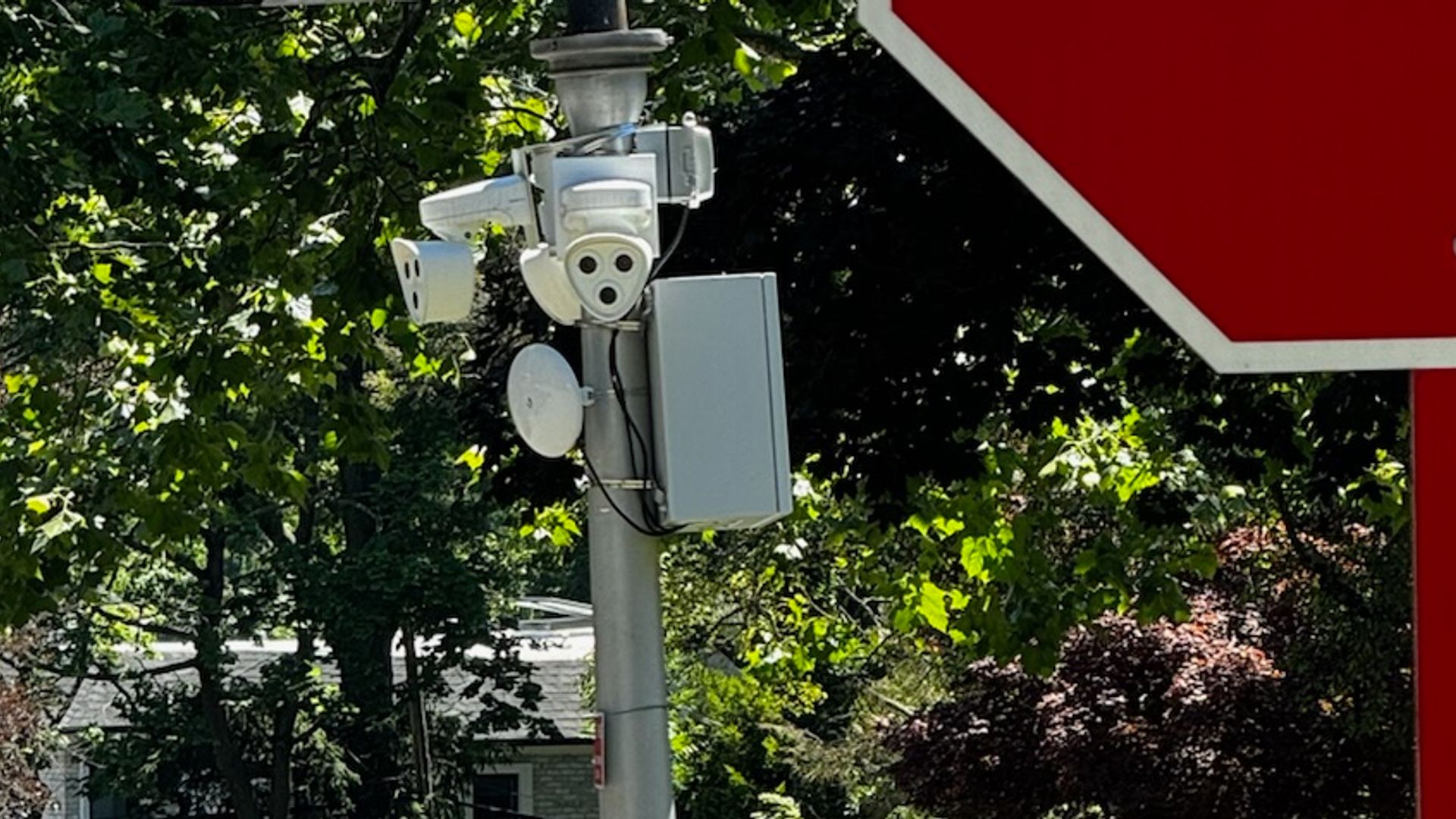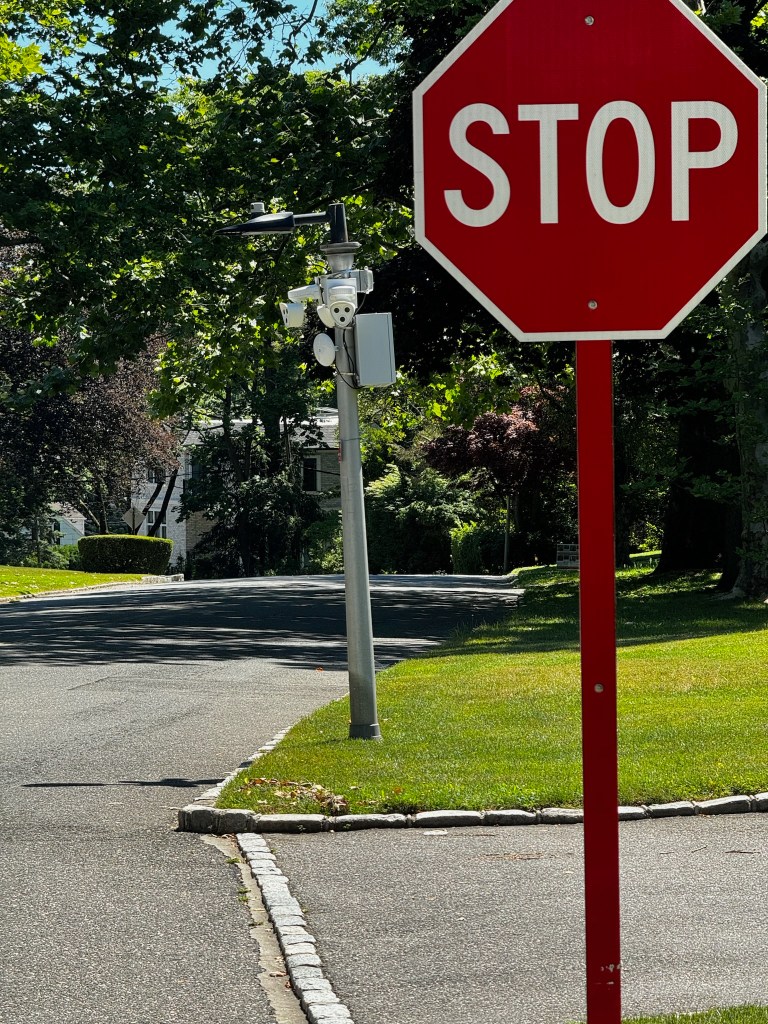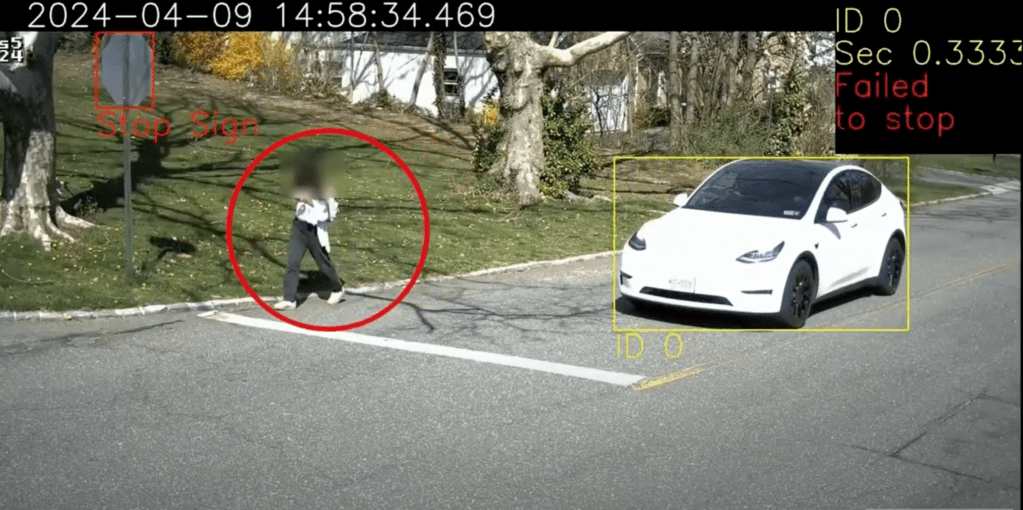
We’ve all seen a car blowing a stop sign at a busy intersection with vulnerable pedestrians.
The start up Stop for Kids hopes to change that, using cameras backed by artificial intelligence.
Company founders Kamran and Kiyan Barelli said driver behavior changes when police officers monitor stop signs and write tickets, so their cameras catch offenders as if a cop is there 24/7.
“When the police was hiding to monitor the stop signs people, after a few tickets, everybody would stop. But within hours, when they left the scene it would go back to normal,” Kamran Barelli said of a study they conducted.
Stop for kids currently has an agreement with one town for five cameras. They have conducted traffic studies for four other municipalities in an effort to expand.
They are sponsored by the municipality to run plates through the DMV and issue a citation. Just like any other ticket, drivers can dispute it and ultimately pay the city if they’re at fault.
“Our model is actually built in a way that it’s 100% funded by offenders,” Kamran said. “And I think that’s fair to taxpayers, the community, because those who choose not to obey the law should be the one responsible to pay for this safety initiative.”
Municipalities can choose between three levels of enforcement:
- police strict – everybody has to come to a complete stop before the stop sign
- strict – everybody comes to a complete stop but some people might go a little bit beyond the line
- lenient – allows for a rolling stop
The company’s founders said their process is unbiased and respects privacy.
“We do not take into consideration the make, the vehicle make, model, color. We don’t take into consideration the license plate,” Kamran Barelli said. “In fact, if there are any people in the scene, you know walking or inside the car, they’re all blurred out. So we strictly use the bounding box to classify.”
At one intersection, only three out of 100 cars stopped when they first installed a camera. A year later, it went to 90 out of 100. They have the video evidence to prove people stop when they know they’re being watched.
”People are being aware, they are learning to obey back again after they either received a violation or a warning letter,” Kiyan Barelli said. “We were approached by other municipalities in the area saying how this has changed the behavior of drivers in nearby areas, thinking there’s also a camera there or there’s also a program that we were running, which we were not.”
Humans are constantly enhancing the technology to make it more accurate. They also check for false positives. The Barellis hope their idea will spread around the world, making local communities safer for everyone.










